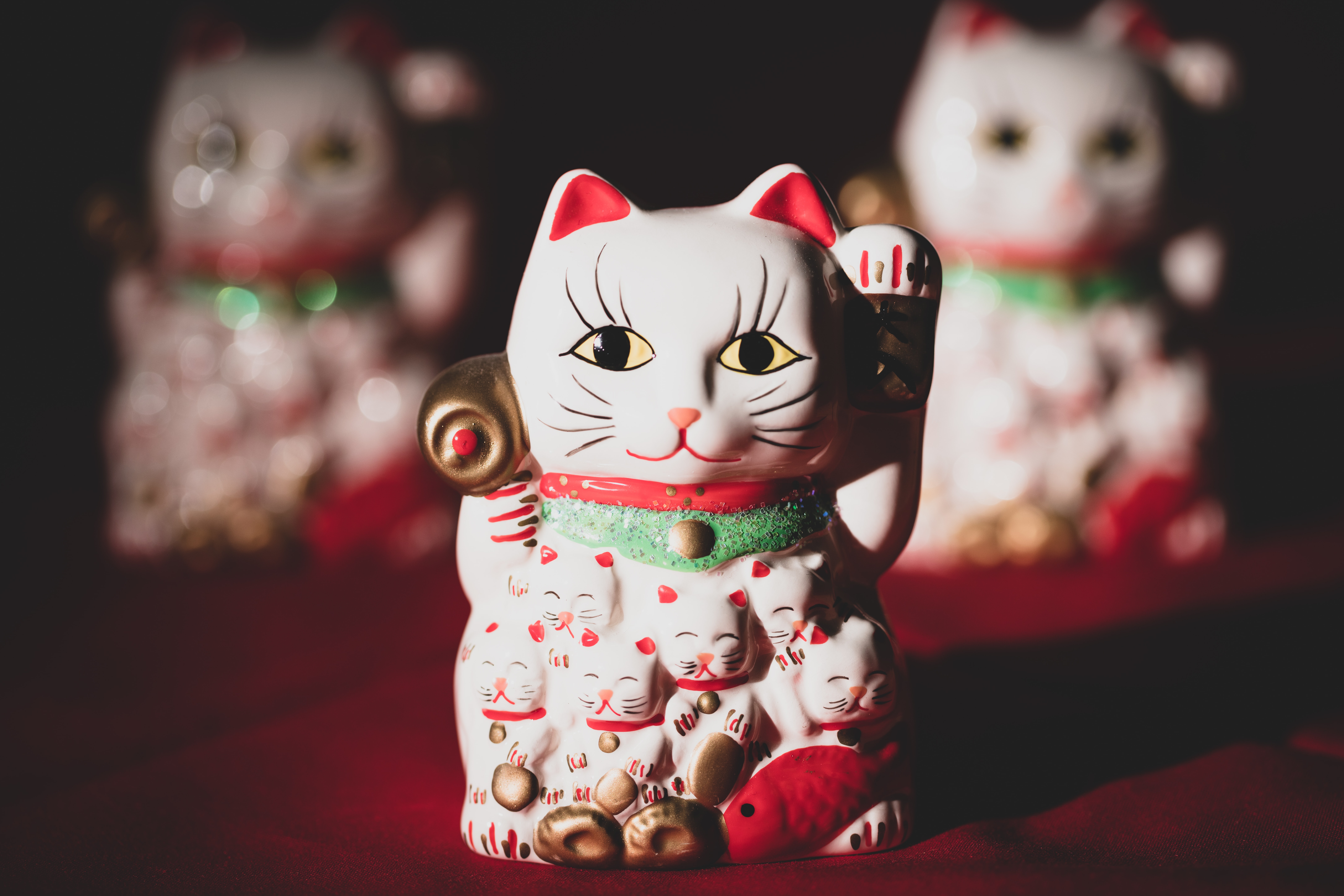The perception of luck has developed differently in various cultures around the world. In Japan, luck is believed to be a bringer of good fortune. There are many ways to receive good luck and combat bad luck. One of Japan’s most famous symbols of luck is the Maneki Neko, or the beckoning cat. But what is the significance of this figure? Let’s take a closer look at the role of luck in Japanese culture.
The History of Luck in Japan
The idea of luck dates back to ancient times in Japan when the religion Shintoism was at its peak. Followers of Shinto believed that everything, including inanimate objects, had a spirit. These spirits were thought to affect a person’s fortune either positively or negatively. As time passed, this belief morphed into the idea that certain people were born under lucky stars while others were not.
The concept of luck gained even more prominence during the Edo period (1603-1867). At this time, there was a strong belief in astrology and fortunetelling. The samurai class consulted astrologers before undertaking any important tasks. Fortunetellers were consulted before any big decisions, such as engagements and marriages.
This concept of luck has remained in Japan, only to a lesser degree in the modern day. Many Japanese people still consult astrology charts before they start their day, and thousands of people across Japan go yearly to a shrine or temple to pray for good fortune for the following year.
How to Receive Good Luck
There are many ways for people to receive good luck in Japan. One popular method is to visit a shrine or temple and purchase an omikuji (a paper fortune). The worshipper would then tie the paper fortunes to a designated area on the shrine or temple grounds. It was believed that by doing so, their prayers would be answered, and their wishes would come true.
Another way to receive good luck is by purchasing a Maneki Neko statue. These statues are often placed in front entrances or near cash registers in businesses. It is said that they will bring good fortune to those who own them. The most common color for Maneki Neko statues is gold, but they can also be found in white, black, and other colors.
How to Combat Bad Luck
Of course, there are also ways to combat bad luck should it come your way. One popular method is fuku-bukuro (福袋), which translates to “lucky bag.” Lucky bags are typically sold during New Year’s and contain various items ranging from clothes to electronic devices. The contents of each bag are usually valued at much more than the purchase price, making them quite the bargain.
Another method for combating bad luck is known as susohiki (裾引き). This involves passing something under your skirt three times while chanting a short prayer or incantation. By doing so, you will ward off evil spirits, and misfortune will not befall you. Susohiki is most commonly done with children, but adults may do so if they feel they are coming down with something or have had bad luck recently.
Luck in Modern-Day Japan
Luck is still an important part of Japanese culture, even in the modern day. Many businesses will have a Maneki Neko statue near the entrance or cash register as it is believed to bring good luck. Lucky bags are also still popular, especially during New Year’s. And while not as common as it once was, some people still consult astrology charts or fortunetellers before making big decisions.
Luck plays a vital role in Japanese culture. It is believed to bring good fortune and can be received in many different ways. From visiting a shrine or temple and purchasing an omikuji to buying a Maneki Neko statue, there are many options for those looking for a little extra luck in their lives! Bad luck can also strike at any time. But don’t worry! There are just as many ways to combat bad luck as to receive good luck. So next time you’re feeling down on your luck, try fuku-bukuro or susohiki and see if your fortunes change for the better!
Source:
Japanese Symbols of Luck and Good Fortune












